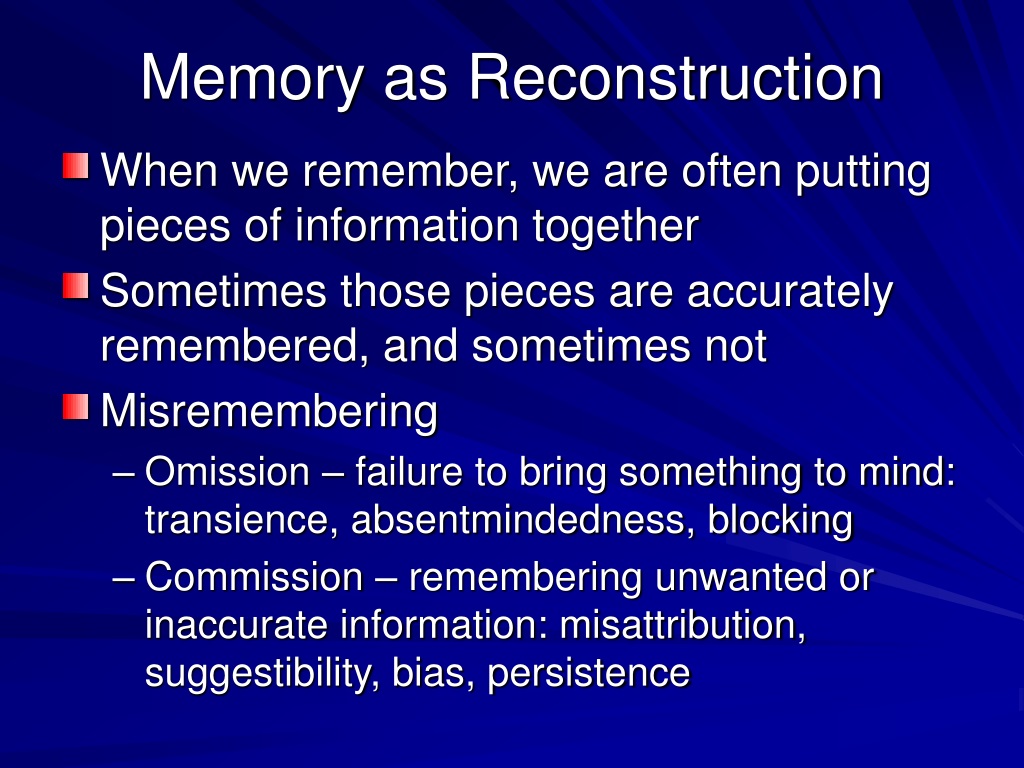

With regard to the clinical picture and dynamism of symptoms, disintegrative disorders are distinguished from other comprehensive developmental disorders and require separate speech-therapy procedures.


The article presents the specificity of childhood disintegrative disorders, which are classified as part of the spectrum of autistic disorders. To draw conclusions on the neurobiological mechanisms of speaking difficulties in the context of the still developing brain and other organic systems is a very difficult task. The high degree of complicacy of symptoms usually stems from disorders in the course of complicated illness complexes of the developmental age. In many cases, the speech therapist detects coupled difficulties resulting from overlapping pathomechanisms. Summary/Abstract: Speech disorders, presented in terms of theoretical models in speech-therapy literature, may manifest themselves in clinical practice as diverse spectra of symptoms, far removed from model descriptions. Published by: Wydawnictwo Uniwersytetu Śląskiego Keywords: comprehensive developmental disorders autistic spectrum Heller’s syndrome disintegrative psychosis developmental dementia frontotemporal dementia akinetic mutism The disturbances are evident in three areas: reciprocal social interactions, communication and behavior of a restricted, repetitive and stereotypical nature (for example, the child immutably repeats certain movements, certain routines or is interested almost exclusively in certain objects, etc.). Subject(s): Language and Literature Studies The pigment then floats around to other parts of the eye. In this article, we review the current data regarding clinical phenotypes, differential diagnosis, neurodiagnostic workup, and potential therapeutic options for this unique, most disturbing, and infrequently reported disorder.Ĭopyright © 2020 by the American Academy of Pediatrics.Zespół dezintegracyjny w diagnozie i terapii logopedycznejĭisintegration Syndrome in Speech Disorder Diagnosis and Therapy Author(s): Jolanta Panasiuk Pigment dispersion syndrome (PDS) happens when the pigment rubs off the back of your iris. Both psychiatric therapy and immunotherapies have been described as DSDD treatments, with both revealing potential benefit in limited cohorts. The etiology of DSDD is unknown, but in several hypotheses for regression in this population, psychological stress, primary psychiatric disease, and autoimmunity are proposed as potential causes of DSDD. No strict criteria or definitive testing is currently available to diagnose DSDD, although a comprehensive psychosocial and medical evaluation is warranted for individuals presenting with such symptoms. The acute phase is followed by a chronic phase in which baseline functioning may not return. This condition has a subacute onset and can include symptoms of mood lability, decreased participation in activities of daily living, new-onset insomnia, social withdrawal, autistic-like regression, mutism, and catatonia. Initially reported in 1946 as "catatonic psychosis," there has been an increasing interest among the DS community, primary care, and subspecialty providers in this clinical area over the past decade.

Down syndrome disintegrative disorder (DSDD), a developmental regression in children with Down syndrome (DS), is a clinical entity that is characterized by a loss of previously acquired adaptive, cognitive, and social functioning in persons with DS usually in adolescence to early adulthood.


 0 kommentar(er)
0 kommentar(er)
